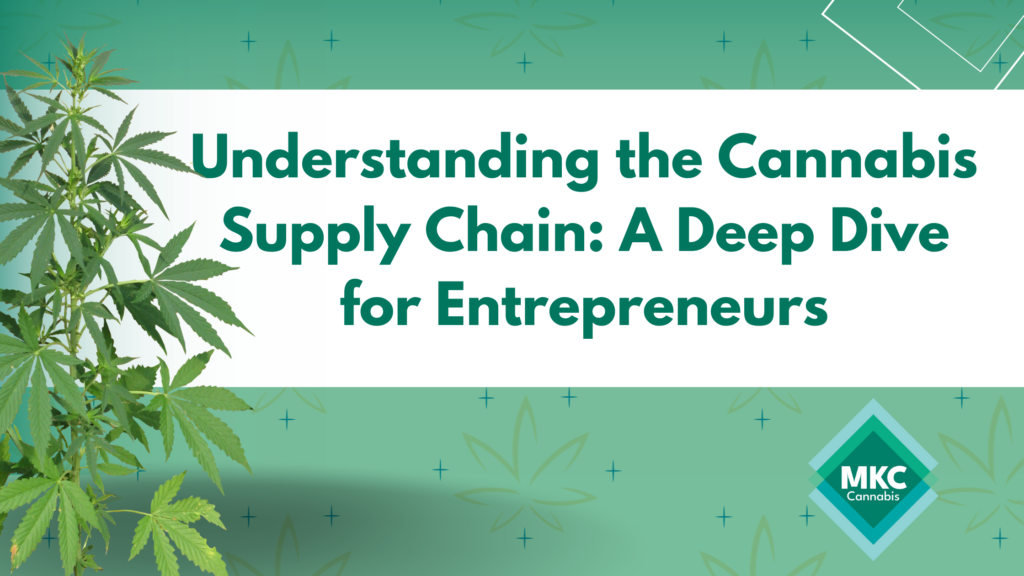The cannabis industry has witnessed unprecedented growth in recent years, prompting many entrepreneurs to explore opportunities within this burgeoning sector. One essential aspect of establishing and running a successful cannabis business is understanding its supply chain. Here’s a comprehensive look into the cannabis supply chain for entrepreneurs looking to make their mark.
- Cultivation: The Genesis of the Chain
Cannabis Seeds & Clones: It all starts with seeds or clones, which are propagated to produce cannabis plants.
Cultivation Methods: From outdoor, greenhouse, to indoor cultivation, the method employed can influence yield, quality, and environmental impact.
Harvesting: Once matured, plants are harvested, and flowers are separated for further processing.
- Processing: Turning Plants into Products
Extraction: This process derives potent cannabis oils from the plant, which can be used in various products.
Infusion: Here, cannabis extracts are incorporated into products, from edibles to topicals.
Packaging: This stage involves preparing products for the retail environment, ensuring they are child-proof, labeled correctly, and compliant with regulations.
- Testing: Ensuring Safety and Quality
Potency Testing: This determines the levels of cannabinoids in the product.
Contaminant Screening: Products are tested for harmful substances like pesticides, mold, or heavy metals.
Terpene Profiling: Some tests determine the terpene content, which can influence a product’s aroma and therapeutic properties.
- Distribution: Getting Products to Retailers
Logistics: This involves transportation, warehousing, and ensuring products reach retailers in good condition.
Regulatory Compliance: Distributors often handle tax collection and ensure products meet state-specific regulations before reaching retail locations.
Inventory Management: Monitoring stock levels and ensuring timely restocks is crucial to meet demands.
- Retail: The Final Stop
Brick-and-Mortar Dispensaries: Physical locations where consumers can view, inquire about, and purchase products.
Online Sales & Delivery: In regions where it’s legal, consumers can order cannabis products online and have them delivered.
Education & Sales: Retail staff, often called ‘budtenders,’ play a pivotal role in educating consumers about products and making recommendations.
Challenges in the Cannabis Supply Chain
Regulatory Hurdles: The cannabis industry is heavily regulated, with rules varying by state and country. This can pose challenges, especially for businesses operating in multiple regions.
Quality Consistency: Ensuring consistent quality across batches can be challenging, given the natural variations in plant growth.
Supply and Demand Fluctuations: As a relatively new industry, predicting demand can be difficult, leading to overproduction or shortages.
Future Trends in the Cannabis Supply Chain
Technological Integration: From AI-driven cultivation techniques to blockchain for traceability, technology is set to revolutionize the cannabis supply chain.
Sustainability: Eco-friendly cultivation practices and sustainable packaging solutions are becoming increasingly prevalent.
Globalization: As more countries legalize cannabis, there’s potential for a global cannabis supply chain, opening up new avenues for entrepreneurs.
Conclusion
For entrepreneurs, understanding the intricacies of the cannabis supply chain is crucial. It’s not just about growing a plant or selling a product; it’s about navigating a complex web of processes, regulations, and stakeholder interactions. By diving deep into this chain, entrepreneurs can identify opportunities, anticipate challenges, and position themselves for success in this exciting industry.







